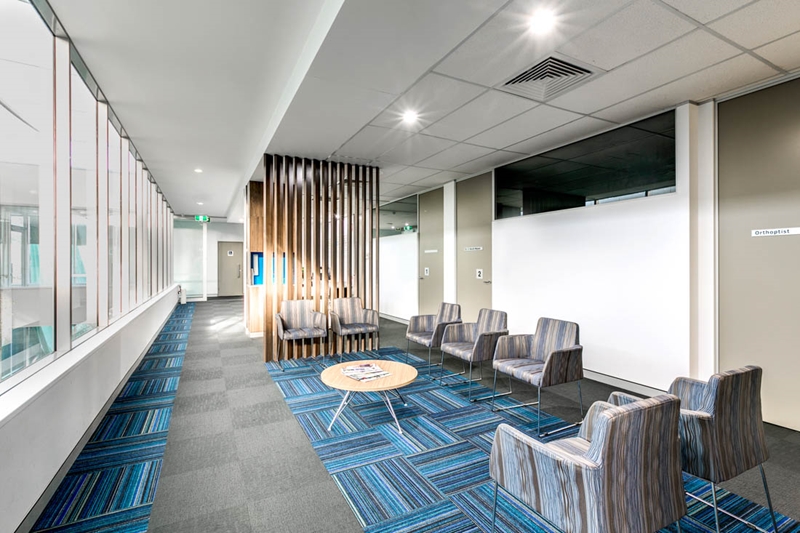The ideas your consumers can offer to aid building your organisation and designing appropriate facilities is invaluable for constructing more fit-for-purpose consumer products.
Secretary of the Federal Department of Health, Martin Bowles, made the point that Australian healthcare needs to get smarter as its patients do, ”Australians are becoming increasingly health literate and know more, see more, want more.”
“Centering the needs of consumers in service delivery will make life easier for patients and produce efficiency and financial advantages for the health system too,” he said.
This mantra can also apply when it comes to designing healthcare facilities – consumer input is an invaluable resource that should be utilised during the design process. But where is the line between good feedback and too much noise?
 Patients use your healthcare facility periodically – shouldn’t you consider ideas they have to improve your facility design?
Patients use your healthcare facility periodically – shouldn’t you consider ideas they have to improve your facility design?
Designing healthcare facilities for improved well-being
Healthcare facility design is more than just assembling a functional space for your operations – designs should also take into account the well-being of the patients that use it.
How light, space and colour are incorporated into the design of your facility has a significant effect on the mood of your patients:
- The Centre for Healthcare Design shows that bright, naturally lit spaces can aid in reducing patient anxiety and depression.
- A Stanford University study found that decor and clutter also have a significant impact on patient and staff well-being – you ultimately need a good balance of open space and enough furniture to be fit-for-purpose.
- Different colours have differing effects on people of all ages and cultural background – using Centre for Healthcare Design research on the application of colour in medical facilities, you can analyse the demographics of your patients and colour spaces accordingly to garner the right emotional reaction.
The three factors mentioned above all have an impact on the well-being of your patients – you want them to feel as comfortable as possible when visiting your facility. With community feedback, you can figure out how to incorporate these design elements into developing a more inclusive and welcoming space. But first, you’ve got to decide on your strategy for getting that quality input.
 Healthcare facilities should consider the feedback of their patients on the levels of natural lighting and the colour schemes used.
Healthcare facilities should consider the feedback of their patients on the levels of natural lighting and the colour schemes used.
How do you get consumer input on healthcare facility design?
Designing a community-focused healthcare facility that takes into account the ideas and needs of the patients using it requires quantitative and qualitative feedback. The Royal Children’s Hospital Melbourne offers a number of suggestions to achieve this end, including:
- Using patient shadowing or a diary to get direct feedback on their thoughts.
- For more family and visitors, a feedback form could be used.
- Simple questions at discharge can also be valuable to gathering input.
Designing fit-for-purpose healthcare facilities
Of course, consumer input on healthcare facility design isn’t the only point of reference you need. Expertise in medical fitout design and construction projects is equally important in creating the most suitable healthcare facility possible – and is something the Space for Health team have in spades. For more information on healthcare facility design, contact us today.



